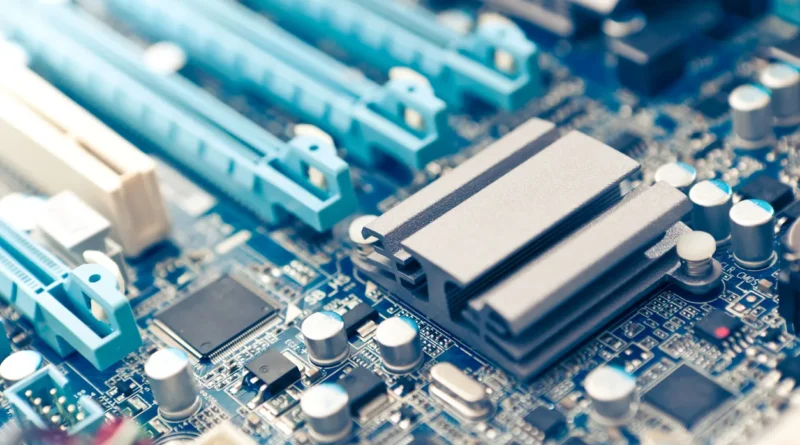Power Up: Choosing the Right Factory Power Supply System
Why Every Factory Needs a Reliable Power Backbone
Factories don’t pause. When machines run, they build profit. When they stop, losses pile up fast. Power interruptions disrupt production, damage equipment, and reduce safety. That’s why investing in the right factory power supply system (เครื่อง สำรอง ไฟ โรงงาน, which is the term in Thai) isn’t optional. It’s essential.
Electricity is the lifeblood of industrial operations. From CNC machines to conveyor belts, everything depends on it. A flicker in the grid or an unexpected outage can halt an entire line. And the cost? More than just downtime — it includes missed deadlines, spoiled materials, and broken trust.
Key Types of Power Supply Systems
Not all power systems suit every operation. Selection depends on load size, criticality, and budget. Here are the most common types:
- Uninterruptible Power Supply (UPS): Offers short-term power during blackouts. Best for computers, servers, and sensitive instruments.
- Diesel Generators: Provide extended backup. Ideal for heavy-duty factory use.
- Hybrid Systems: Combine batteries with solar or wind input. Useful for cost-saving and sustainability goals.
Each has pros and cons. UPS systems are silent and quick but limited in duration. Generators are robust but noisy and need fuel. Hybrids offer savings but may not support heavy loads without backup.
What to Consider When Choosing a Power Solution
Selecting the right factory backup involves more than matching wattage. Decision-makers must look deeper.
- Load Demand
- Measure total energy needs.
- Account for surge loads — especially from motors and HVAC systems.
- Downtime Tolerance
- How long can the operation last without power?
- Some setups need instant response; others can wait a few minutes.
- Budget and Operational Costs
- Factor in both initial investment and running costs.
- Diesel is costly but stable. Battery backups cost less to operate but require replacement over time.
- Maintenance and Support
- Reliable systems are only as good as their upkeep.
- Choose suppliers offering service plans, remote monitoring, and emergency support.
- Regulatory Compliance
- Systems must follow electrical safety codes and emissions regulations.
- Ensure documentation and certifications are provided with the setup.
Long-Term Gains from the Right Setup
A well-matched power supply reduces risk. It protects machinery and ensures that staff works in a safe environment, even during emergencies. More importantly, it builds resilience. Factories equipped with the right power system bounce back faster after disruptions and avoid costly restarts.
Smart businesses don’t wait for failure. They plan for it. They invest in scalable systems that can grow with production needs. They also ensure that technicians receive proper training to maintain and test backup solutions regularly.
Conclusion: Power Is Productivity
Choosing the correct factory power supply isn’t just about watts and wires. It’s about safeguarding productivity. It’s about making sure that one outage doesn’t mean one too many problems. In factories, uptime is king. And the right power solution is its crown.
Make the right choice. Power up. Stay running. Always.

